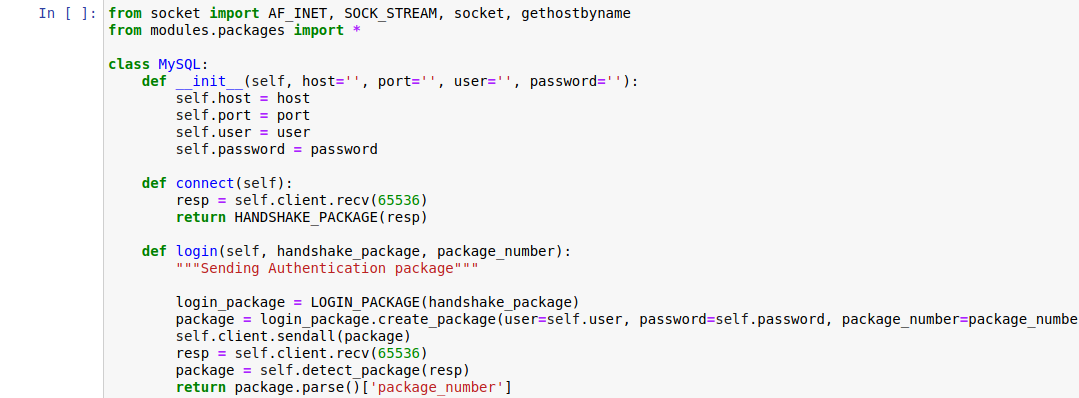
Ten Tips to Crack a Software Developer Job Interview
According to the US Bureau of Labour Statistics (BLS), the expected demand for software engineers will grow by 22 percent by 2029 (the average predicted growth rate for all other occupations is around 4 percent). In addition, skilled software developers earn higher-than-average wages and have access to various exciting work opportunities throughout their careers. But cracking a software developer job interview at big techs is no cakewalk owing to the fierce competition.
Therefore, it takes much more than just practicing random problems to crack the interviews conducted by these companies. You must have a solid strategy and the right set of skills to do well in these tests.
This post will discuss ten critical tips to help you crack your next software developer interview.
Let’s get started.
-
Software developer job interview tip 1: Start early
It is never too early to start preparing for software developer job interviews. Here’s the thing: By giving yourself additional time, you can prepare for more questions. So make it a priority to spend your time working on your software skills as soon as you begin applying.
The majority of software developer job interviews include both technical and behavioral sections. You need to excel in both to earn a position at your desired firm. Hence, set aside enough time to prepare for each interview component to avoid feeling rushed towards the end. -
Tip 2: Prepare for software developer interviews with effective time management
While you prepare for software developer interviews, it is not enough to simply arrive at the right answer. Coming up with the correct solution within the given time is equally important.
While the interviewers don’t expect you to get the correct answer on the first try, they prefer that you get it right within the given time limit. Therefore, taking timed mock tests can help you improve your problem-solving speed. Also, when you prepare for software developer interviews, analyse each mock test thoroughly. -
Software developer job interview tip 3: Practice. Practice. Practice.
To ace software developer job interviews at any good tech firm, you’ll need a whole new set of skills that you can only learn by practicing.- Practice solving coding problems on paper, whiteboards, and computers.
- Consciously think about your problem-solving approach when going through the coding and general problems, and try to figure where you risk going wrong.
Do this repeatedly to build familiarity around all kinds of problems. You will get better at cracking interviews with consistent practice and become a software professional that tech giants love to hire.
-
Tip 4: Learn about the company to prepare for the software developer interview
Surprisingly, many candidates don’t spend much time researching the organization that’s about to interview them. Of course, the interviewers do not expect the candidate to know everything there is to know about the organization. Nevertheless, candidates who are aware of the company’s past and present projects get brownie points. Moreover, such candidates are in a better position to ask high-impact questions during the software developer interview.
Consider what distinctive contributions you can make to the organization in light of their goals and your abilities. These will distinguish you from the sea of other software developers applying for the job.
Here’s some extra advice – You will generally know who will be interviewing you in advance. So spend some time googling the interviewer in addition to researching the organization. Reading a little about them and their work will help you feel more at ease during the software developer interview. You can also learn about their hobbies and interests. This small extra effort may lead you to discover commonalities and mutual connections you might have with them. -
Software developer job interview tip 5: Have a company-specific approach
Personality traits and technical abilities are valued differently by different firms. You must ensure that your values align with those of the company you’re hoping to join. Revise your preparation based on the company you’re going after and learn what they’re looking for in candidates. -
How to crack interview for software developers jobs tip 6: Read the job description thoroughly
The ‘how to crack interview’ process start with reading the job description thoroughly. The job description should serve as the foundation for developing your interview preparation strategy. Reading the job description carefully will give you clear insight into the role and its expectations. So, work on developing the skills needed for the job and find ways to highlight them in your resume. -
Software developer job interview tip 7: Prepare for the different interview rounds
The number of interview rounds you go through depends on your level of experience and expertise. But for a frontend and backend developer role, these are the standard rounds you can expect:
- Online coding / Machine coding
- Problem-solving (algorithms & data structures)
- High-level design / Low-level design
- Hiring manager / Culture fit
Judging in each round depends upon the role you’ve applied for and your experience. For example, if you’re interviewing for a Junior developer position, the online / machine coding round, problem-solving, and LLD rounds are given higher priority. Although companies expect some design knowledge in the HLD and LLD phases, a junior developer’s design knowledge is not crucial. However, for senior positions, expect a round to test your leadership qualities plus all of the above rounds.
-
Tip 8: Go through several mock sessions to crack interview
The goal of a mock interview sessions is to assess your performance, receive feedback, identify the areas that require improvement, and track progress. Therefore, you should go through as many software developer mock sessions as possible to crack interview.
Ideally, you should do mock interviews with individuals having technical expertise who have conducted coding interviews before. However, if that isn’t an option, practice with your peers from the software industry and get their opinions on your performance. Make sure to analyse each session to get a good understanding of your mistakes to crack interviews. -
Software developer job interview tip 9: Don’t lose faith
It’s normal to be nervous before an interview. However, you can relieve some pressure and feel more confident if you practice positive self-talk while waiting for your turn. Bottom line – trust yourself and believe that you can succeed if you put your mind to it. -
Tip 10: Get help from others to crack software developer interviews
If receiving expert advice can help you get closer to your goals, don’t be afraid to do so. Here are some options for obtaining outside assistance with your preparation for the software developer interviews:
- Hire an expert to help you create your CV.
- Invest time to build your network to get a referral from within the organization.
- Enrol in an interview preparation course if needed.
Also, you can reach out to skill development trainers to help you build your soft skills for the software developer interviews.
Ready to level up your career?

Software developer job interview: Ready to level up your career?
Yes, software developer interviews at FAANG and other big techs are nerve-wracking. However, you can overcome these obstacles and take a step forward in your profession with the right strategies.
You can also work with these tech giants and other Silicon Valley startups via Turing. Turing is a ‘deep’ jobs platform that allows talented software developers to work from the comfort of their own homes with leading US organizations. Turing enables developers to collaborate with former tech leaders and engineering managers from Google, Facebook, Microsoft, Amazon, and other top firms and grow through the process.
With Turing, you can get full-time, high-paying, long-term remote software jobs and be part of a community of the world’s greatest developers right from the comfort of your home.
Join a network of the world's best developers and get long-term remote software jobs with better compensation and career growth.



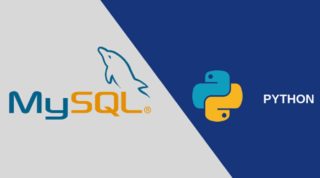

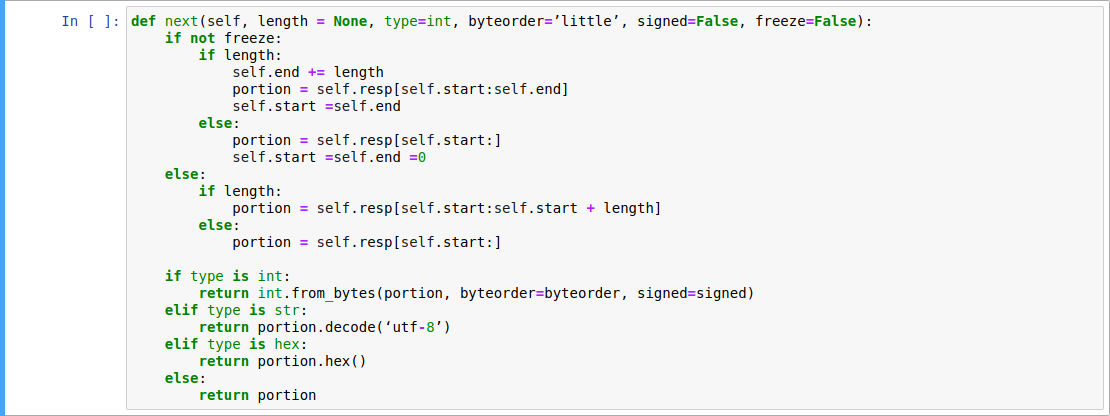








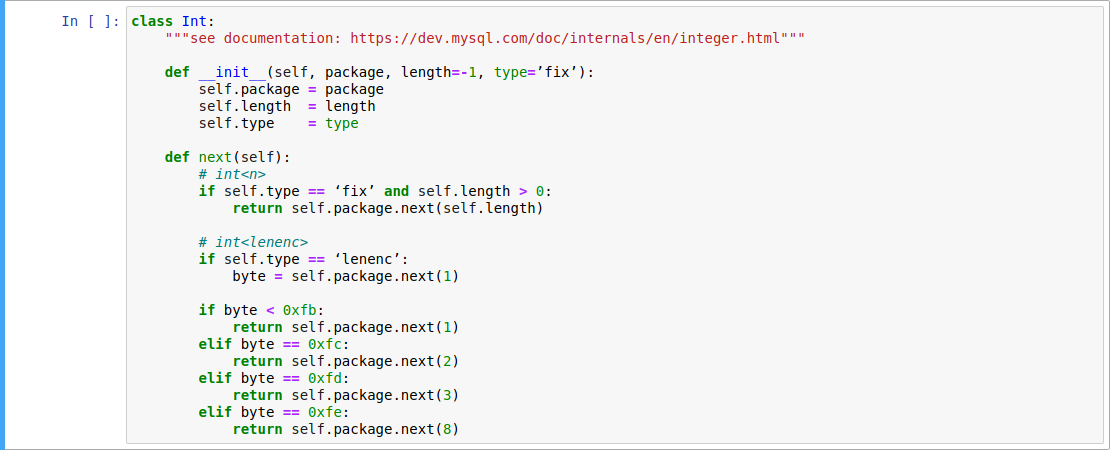
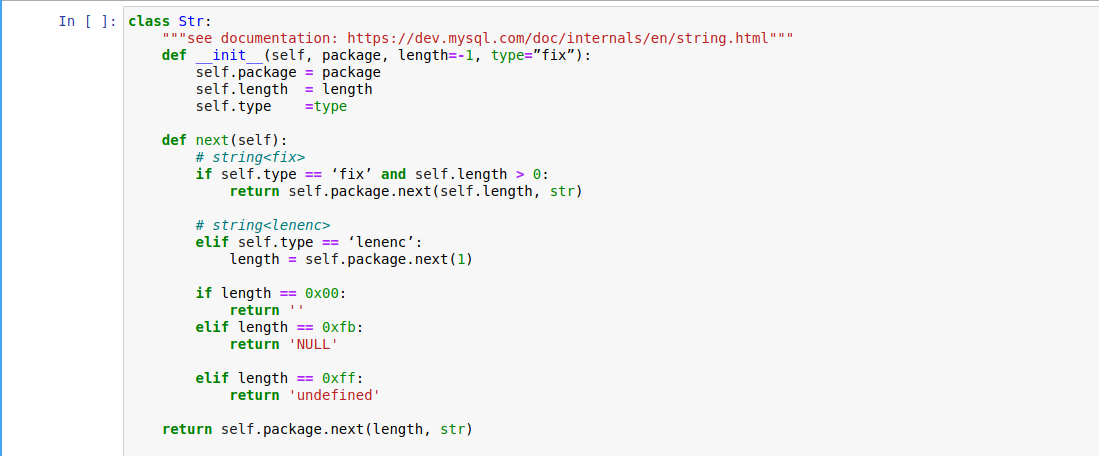
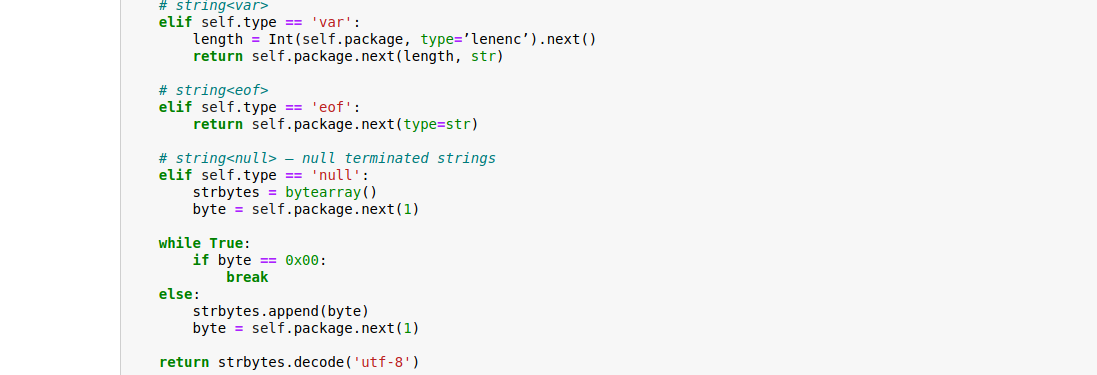
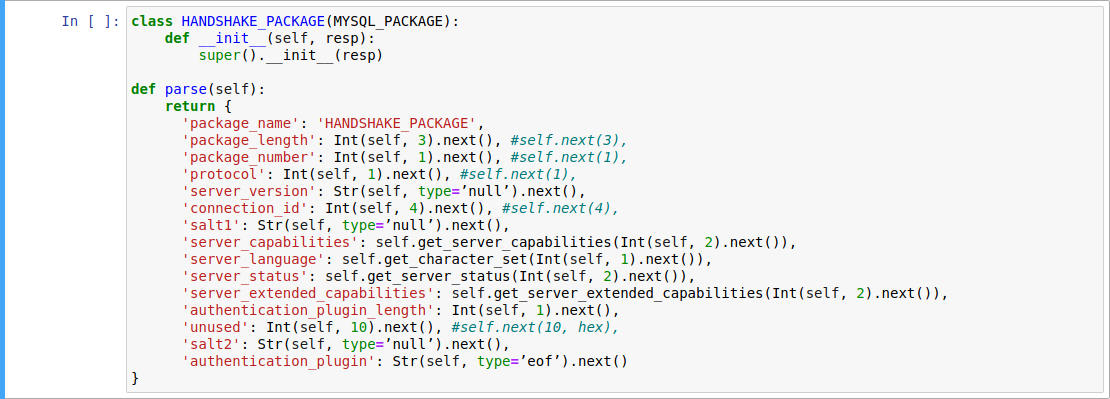
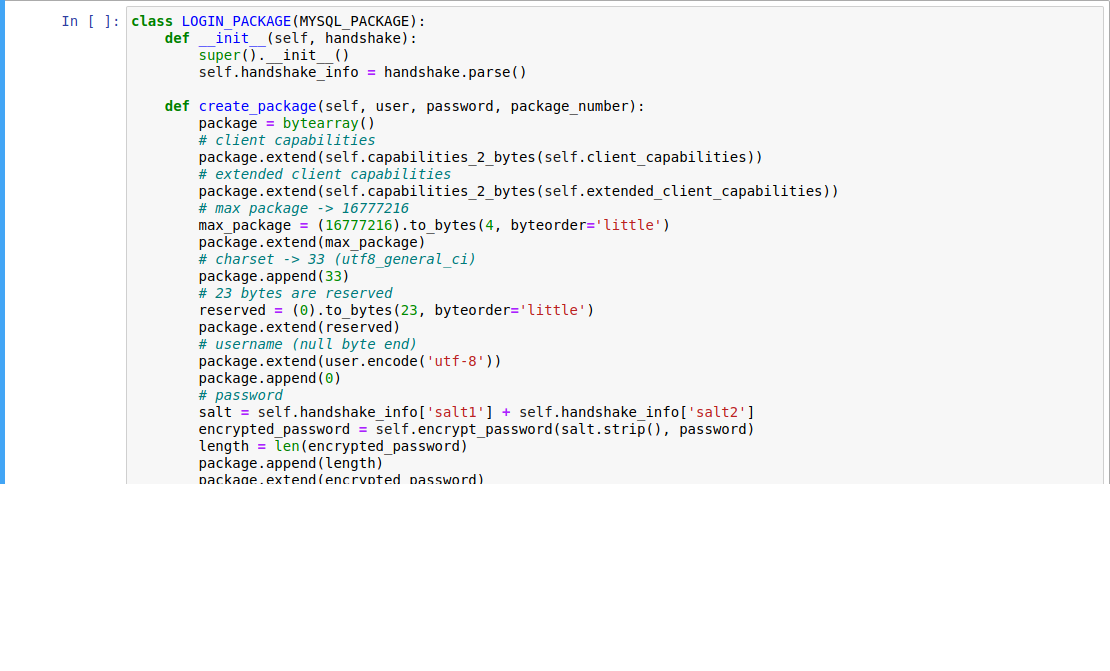 OK package and ERR package are the response package of server after authentication or after sending query to server on command phase.
OK package and ERR package are the response package of server after authentication or after sending query to server on command phase.


